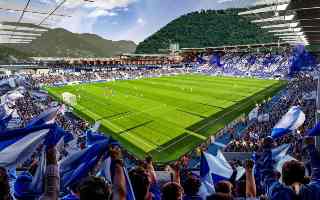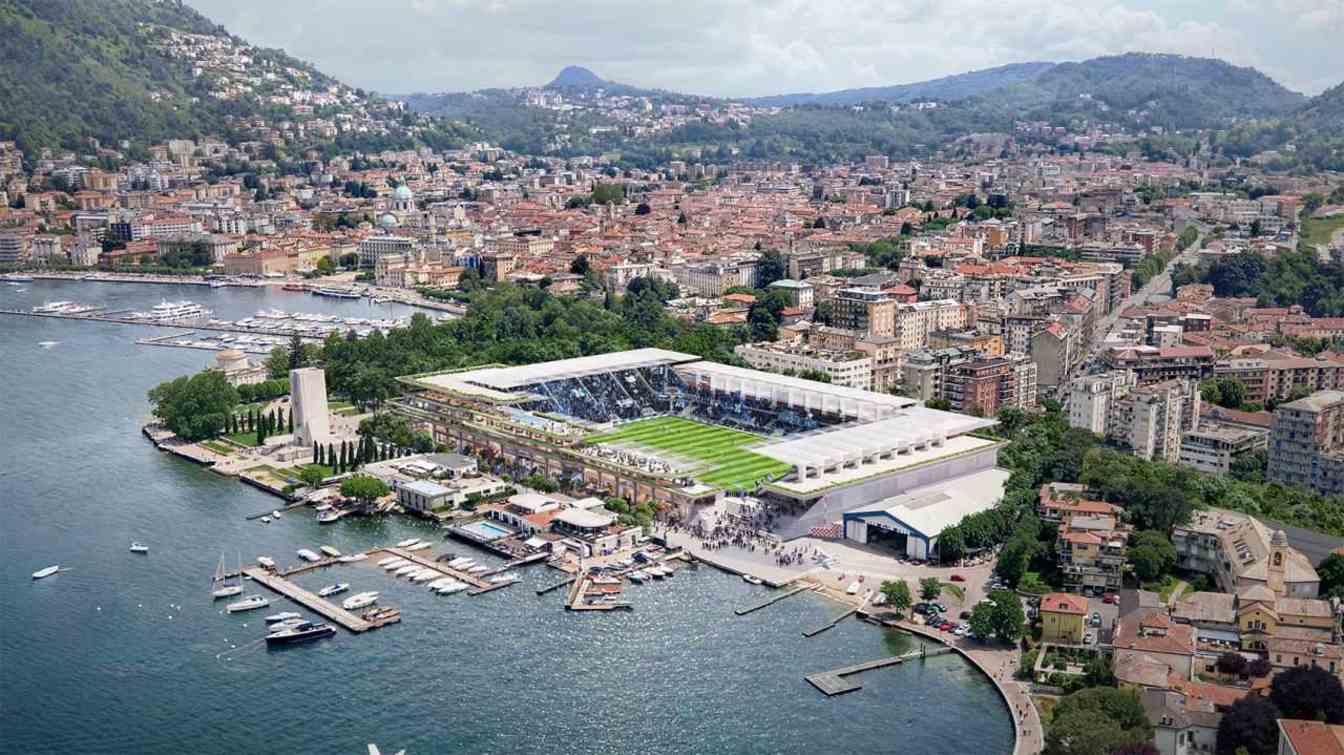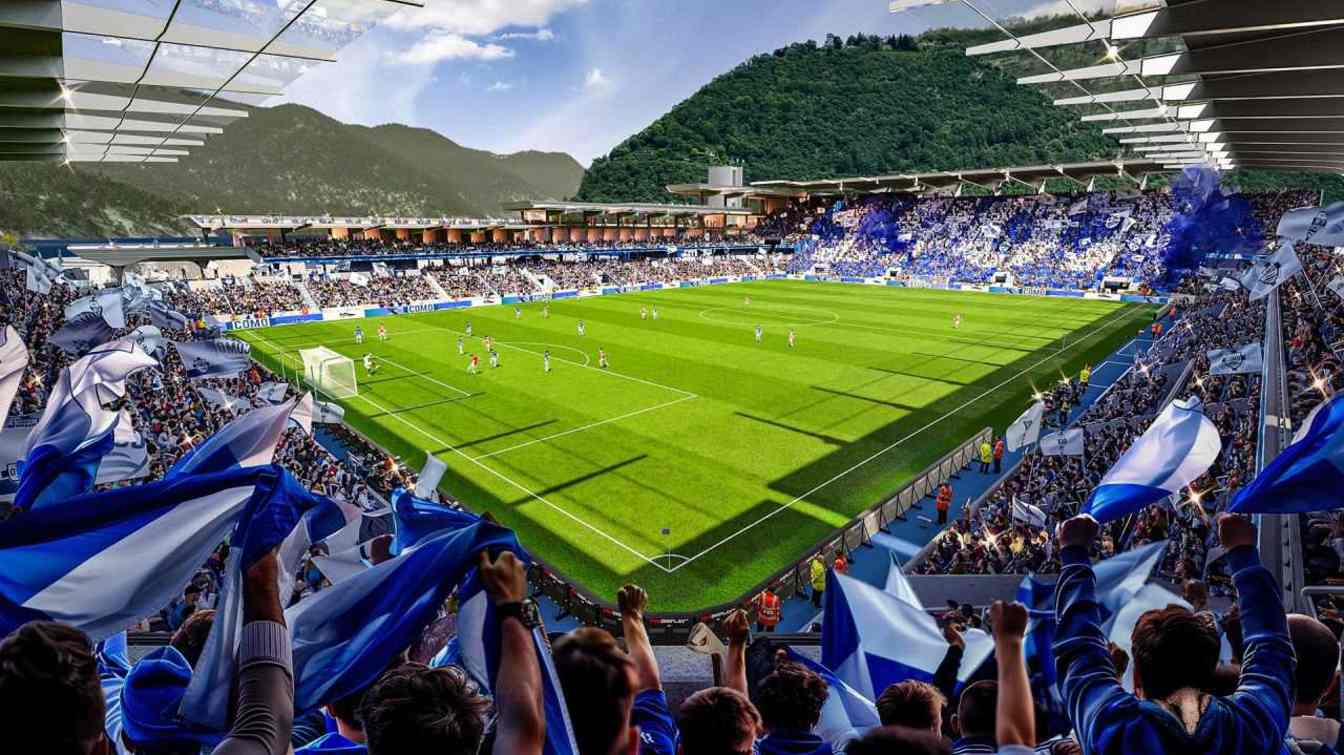Italy: New Sinigaglia in Como – a breakthrough or beginning of another battle?
source: StadiumDB.com; author: Jakub Ducki
 For the first time in decades, the project for a new stadium in Como has a real chance of being realized. The decision of the Superintendency opens the door to the next stages of the process. It is the first unequivocal approval from an institution known until now for strict assessments and blocking investments.
For the first time in decades, the project for a new stadium in Como has a real chance of being realized. The decision of the Superintendency opens the door to the next stages of the process. It is the first unequivocal approval from an institution known until now for strict assessments and blocking investments.
Advertisement
Project approved
According to information published by La Provincia and journalist Gisella Roncoroni, the Como 1907 club has obtained the heritage office’s approval for a revised design of Stadio Giuseppe Sinigaglia. The main provisions include reducing the maximum height of the stands to 19 meters — as a compromise between the earlier 22 and the proposed 16 — as well as the addition of panoramic openings in the façade, a simplified, uniform structure, and a reduction of the eastern stand setback to 6 meters.
This is the result of lengthy negotiations between the city, the club, architects from the renowned Populous firm, and institutions responsible for cultural heritage oversight. Although the project has not yet received final approval, the documentation is expected to be submitted to the Conference of Services (the public investment coordination body) by August 2. If the compromise is accepted, it could mark the starting point for further steps — with hopes of construction beginning.
 © Populous
© Populous
Opponents: conservatives and skeptics
However, there is no shortage of opposition voices. As commentators emphasize, the city faces a long battle with an entirely uncertain outcome. Once again, two camps are emerging on the scene: supporters of modernization and urban revitalization, and defenders of tradition.
Members of the local Democratic Party have also commented on the project. Daniele Valsecchi and Stefano Legnani of Como PD point out that despite the positive opinion from the heritage authority, we are only at the beginning of the road.
They highlight several key issues. First — the reduction in stadium capacity. How can a project intended to enhance the sporting function begin by reducing the stadium’s capacity?,
the politicians ask.
Second — financial concerns. According to a technical report commissioned by the municipality, the current structure of the investment is heavily unbalanced in favor of the private entity.
There is also a lack of clarity regarding compensation for the local community — what concrete benefits have been proposed for residents?
 © Populous
© Populous
Unresolved issues
The debate includes specific proposals: doubling parking spaces near the Camerlata and Grandate railway stations, upgrading municipal sports facilities, and investing in road infrastructure. However — as PD representatives emphasize — the city administration has yet to officially respond to these suggestions.
The matter of the so-called Pulesin area also remains unresolved. It could play a significant role in shaping the new urban landscape around the stadium.
Broadening our perspective, we must express serious concern over the administration’s management so far. A project of this scale requires vision, transparency, and the ability to engage in dialogue. Otherwise, we risk repeating past mistakes: appeals, clashes, and construction sites dragging on indefinitely. Como has already paid dearly for such scenarios. The stadium’s reconstruction is a great opportunity for the city. But we need more courage, more sharing, and, above all, governance that can rise to the challenge,
Valsecchi and Legnani concluded.
Advertisement
 StadiumDB
StadiumDB